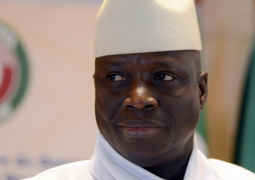
Juwara described the move as a historic milestone, forming part of President Adama Barrow’s vision for a fully electrified and energy-secure Gambia. “After 60 years of independence, we are determined to replace hurricane lamps with dependable electricity in every household,” he declared.
Hurricane lamps are oil-based lanterns often used in rural communities without grid power, which have long symbolised the energy gap in The Gambia. Many households, particularly in remote areas still depend on them for lighting, with high costs and limited infrastructure making electricity a luxury rather than a necessity.
Juwara said the government’s plan aims to change this reality through aggressive grid expansion, renewable energy projects, and reduced connection costs. He noted that more communities have already been connected under recent projects, and NAWEC’s installation fees have been slashed to make access more affordable.
Currently, 73.7% of Gambian households have electricity, with the government targeting 90% by 2025 and universal access by 2026. “This is not just about light; it is about empowering education, healthcare, and livelihoods in every corner of our country,” the Minister said.
The Ministry reassured of government’s commitment in working tirelessly to ensure that no community is left in the dark. With this aim, the government in partnership with People Republic of China is undergoing a major project to electrify 292 communities in the country, and Tin-Tinto is among them.





